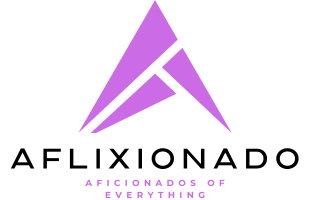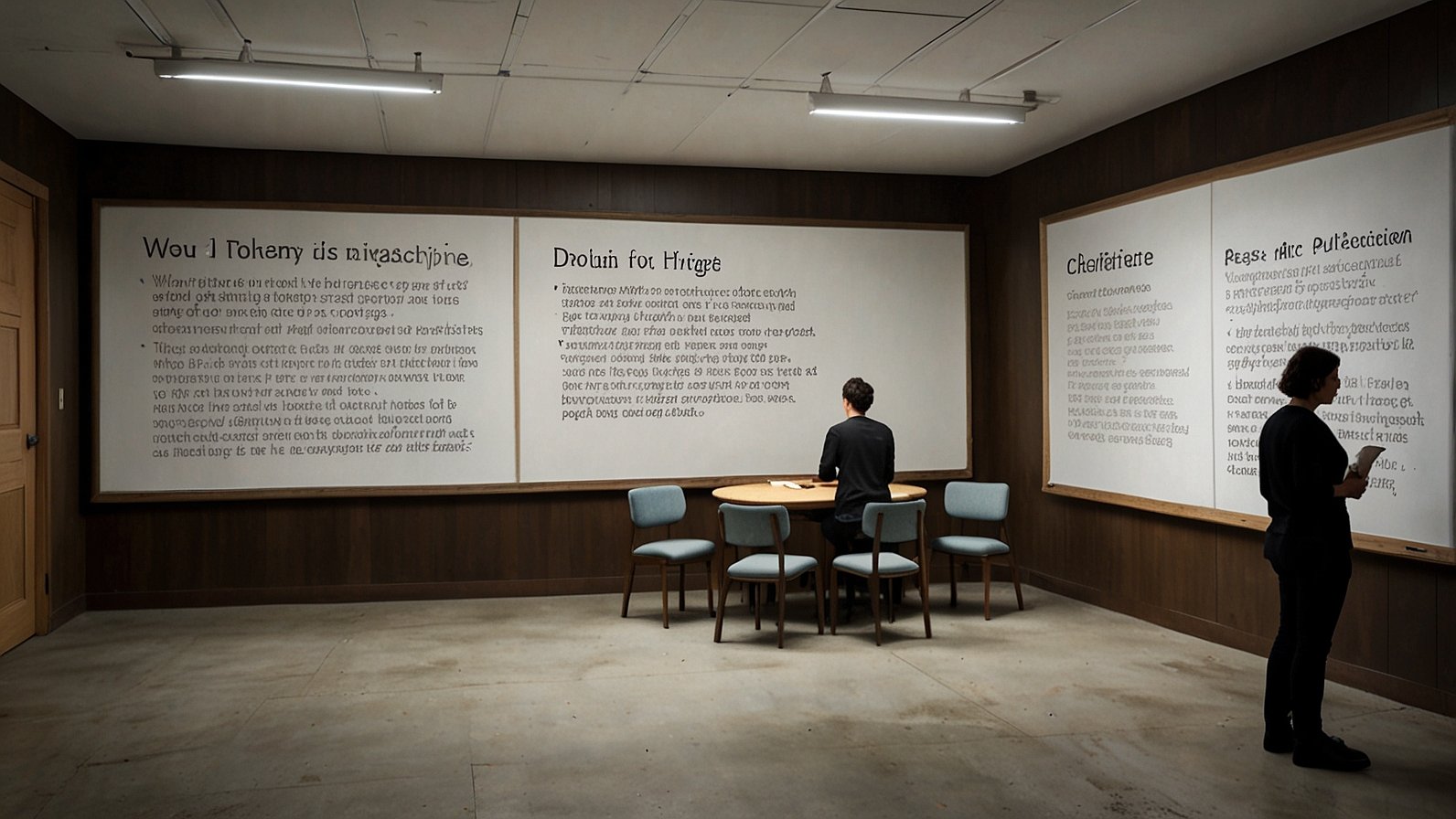Imagine walking into a gallery. The walls are covered not just in paint, but in sound, in video, in the whispered stories of a hundred different voices. This isn’t an exhibition you simply observe; it’s one you feel, question, and become a part of. In an digital age overflowing with content yet starving for genuine connection, this kind of deep, participatory art is becoming radically essential. At the forefront of this movement is Shani Levni, a multidisciplinary creator who is less interested in providing answers and wholly dedicated to provoking essential questions.
Levni’s practice is a vibrant tapestry, threading together visual art, performance, the written word, and digital media. But to call her merely an “artist” feels incomplete. She is a cultural architect, a community organizer, and a storyteller, using her multifaceted work to explore the core human yearnings for identity and belonging. Her projects are designed not for passive consumption but as active town squares—spaces for dialogue, challenge, and ultimately, social change. This article delves into the world and work of Shani Levni, exploring how her unique approach is forging new paths for what art can achieve in our communities.
Introduction to Shani Levni’s Multidisciplinary World
To understand Shani Levni is to let go of traditional artistic categories. You won’t find her confined to a single studio, working exclusively with one medium. Instead, her creative practice is fluid and adaptive, choosing the format that best serves the story she needs to tell and the conversation she aims to start.
From Canvas to Community: Defining a Practice
Think of her work not as separate projects, but as different doors into the same house—a house built on the foundation of human experience. One day, the door might be an intimate oil painting exploring personal heritage. The next, it could be a large-scale public performance piece addressing systemic inequality. Another might be a powerfully written essay that ties it all together. This interdisciplinary method allows her to meet people where they are, whether they are traditional gallery-goers, readers of critical theory, or participants in a local workshop.
Her core mediums include:
- Visual Art: Often layered and textural, incorporating mixed media to represent complex identities.
- Performance: Designed to be immersive and often participatory, breaking the “fourth wall” between performer and audience.
- Writing: Critical essays and narrative pieces that provide the intellectual and emotional framework for her visual and performance work.
- Multimedia Installations: Combining video, sound, sculpture, and interactive elements to create enveloping environments.
The Core Themes: Identity, Belonging, and Social Change
If her methods are the “how,” then identity, belonging, and social change are the unwavering “why” behind everything Shani Levni creates. These are not trendy topics for her; they are the central pillars of a practice dedicated to examining our place in the world.
Identity as a Collective Journey
For Levni, identity isn’t a static label but a dynamic, ongoing conversation between the self and society. Her work often visualizes this concept. Imagine an infographic charting not corporate growth, but the evolution of a personal identity. It wouldn’t be a clean, upward line. It would be a sprawling, interconnected web of influences—family history, cultural heritage, political events, personal trauma, and joy—all impacting and reshaping one another. Her art makes this invisible web visible, encouraging viewers to reflect on their own intricate maps.
Crafting Spaces of Belonging
In a world that often emphasizes division, Levni’s work actively constructs spaces—both physical and conceptual—where a sense of belonging can be forged. This is achieved through direct community engagement. A project might involve:
- Collaborative Workshops: Where community members contribute their own stories to a growing installation.
- Dialogic Performances: Where the audience is invited to share their perspectives, becoming co-creators of the event’s meaning.
- Accessible Public Art: Placed outside traditional institutions to democratize who gets to experience and participate in art.
These initiatives move beyond mere representation. They don’t just say “you are seen”; they say “your voice is needed here.”
Real-World Applications: How Art Becomes Activism
It’s one thing to talk about themes; it’s another to see them spark tangible dialogue and action. Shani Levni’s profile as an artist-activist is built on a portfolio of projects that bridge the gap between the gallery and the street.
Case Study: “The Archive of Us”
One of her most frequently cited projects is a conceptual series called “The Archive of Us.” This ongoing work invites participants to contribute a personal object or story that represents a facet of their identity. These contributions are then cataloged, displayed, and sometimes woven into a larger visual piece—a tapestry, a sculpture, or a digital archive.
The impact? The project effectively visualizes a community’s diversity while simultaneously highlighting our shared humanity. It corrects the misconception that identity art is navel-gazing; instead, it shows how personal narratives are the very building blocks of our collective understanding.
Exhibitions, Essays, and Events: A Three-Pronged Approach
Levni’s strategy for advancing cultural conversations is intentionally multi-platform:
- Exhibitions provide the visceral, emotional hook.
- Essays provide the critical context and intellectual depth.
- Events (talks, panels, workshops) provide the space for real-time dialogue and community building.
This approach ensures her ideas resonate on multiple levels, engaging both the heart and the mind to inspire more meaningful and lasting engagement.
Why Shani Levni’s Work Matters Now More Than Ever
We are living through a period of immense social transformation and digital saturation. Levni’s work acts as a crucial counterbalance to the algorithms that often trap us in echo chambers.
The Antidote to Digital Isolation
While we are more “connected” than ever, loneliness and social fragmentation are on the rise. Levni’s practice uses the tools of our time—digital media, multimedia—to create real-world, human-centric connections. She uses technology not to isolate, but to convene. Her work is a reminder that true belonging is felt in a shared physical space, in the act of looking a stranger in the eye and finding a common thread.
Provoking Dialogue in a Polarized World
In a climate of heated debate, art that provokes dialogue rather than division is invaluable. Levni’s projects are not designed to preach or tell people what to think. They are designed to be containers for difficult conversations, allowing complex issues to be explored with nuance, empathy, and a shared sense of curiosity. She creates the “third space” where productive dialogue can begin.
Key Takeaways and How to Engage
The work of Shani Levni offers a blueprint for how art can function in society—not as a luxury, but as a vital utility for community health and social progress.
Here are the key points to remember:
- Art is a Verb: Levni’s work is active and participatory. Seek out art that asks something of you.
- Your Story Matters: Her projects validate individual experience as a critical part of our collective history.
- Dialogue is the Goal: The success of a piece is measured in the conversations it starts, not just the accolades it receives.
You don’t have to be a curator to engage with these ideas. What will you try first? You can:
- Follow her work and the institutions that support her.
- Seek out local participatory art events in your own city.
- Simply start a conversation with someone about a piece of art that moved or challenged you.
You May Also Read: Mason Thames: The Black Phone Star Leading Hollywood’s Next Generation
FAQs
What are the primary mediums Shani Levni works with?
Shani Levni is a multidisciplinary artist, meaning she doesn’t limit herself to one medium. Her work spans visual art (like painting and sculpture), performance, written essays, and multimedia installations, often combining them within a single project.
Is Shani Levni considered an activist or an artist?
She is best described as an artist-activist. While her primary tools and outputs are artistic, the intention behind her work is squarely focused on sparking dialogue, advocating for inclusion, and inspiring social change, blurring the line between the two roles.
Where can I see Shani Levni’s work?
Her work is featured in contemporary art galleries, cultural centers, and public spaces. She is also a published writer and speaker. The best way to stay updated is to follow her public profiles on social media or through the galleries and organizations that represent her.
How can I participate in one of her community projects?
Many of Levni’s projects include open calls for participation, which are announced through her website and partnering institutions. These can range from contributing a personal story to joining a workshop or attending a participatory performance.
What is the main goal of her art?
The central goal is to provoke dialogue and foster a deeper sense of community engagement around themes of identity, belonging, and social justice. The art itself is the catalyst for the conversation, not the final product.
Has she won any awards for her work?
As an emerging artist, her recognition often comes in the form of residencies, grants, and critical acclaim in arts and lifestyle publications rather than traditional awards. These supports are vital for funding large-scale community-based projects.
How does her work impact social change?
Her work impacts change on a grassroots level by building empathy, making abstract social issues personally relatable, and creating inclusive spaces for diverse voices to be heard. This helps shift perspectives and encourages collective action within communities.

